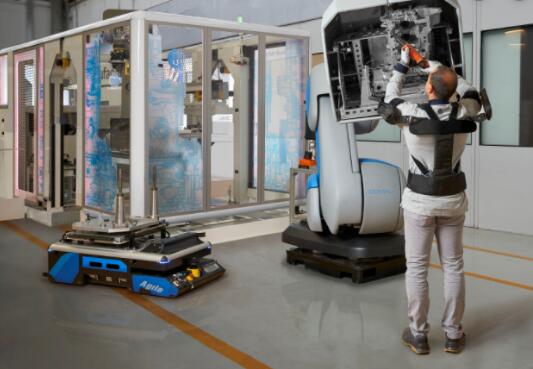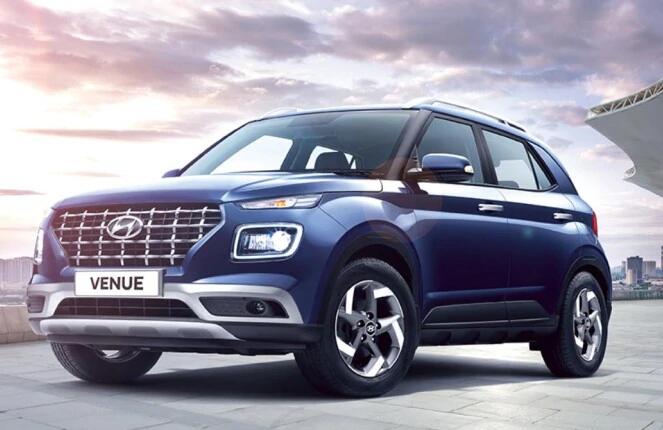
80% of traffic accidents that occur on our roads can avoid, human failures are the main factor by which these tragedies occur on the roads.
Faults attributable to the car in traffic accidents are also noteworthy, but we return to the same. Most of them are avoidable since the human factor also intervenes, although in this case, in another sense, the maintenance of the car.
When we say that accidents can be avoided, in the case of car failure, it is clear that if we carry out a check and maintenance of our car ( brakes, tires, steering, etc.), we reduce the risk by 80%.
On the road, caution and anticipation in driving are the main rules that we should all follow to avoid many of the problems that arise.
From autos.com, we wanted to convey a series of interesting tips to reduce the risk of traffic accidents.

1. Blind spots
It is important to have the blind spots of our car identified; these depend on the design and size of the car. So that these points do not cause you conflict, use the side mirrors and the rearview mirror and remember that large vehicles have a greater number of blind spots, so you have a little more caution.
2. Traffic lights
When changing the green light, do not accelerate immediately, verify the crossing to avoid the reckless that passed the orange light.
3. Curves
You should always take the curves with caution, slow down when you are still on the straight, never brake inside the curve.

4. Give way
They give way; you have to respect them and not reach them abruptly or aggressive braking, so anticipation is very important.
5. Speed
Respect the speed limits and the direction of the streets, never try to overtake the wrong lane. In most countries, the lane to advance left, so do not advance on the right if you are on the road. It is very advisable to maintain a constant speed within the established limits, and it is not convenient to constantly change lanes since you multiply the chances of making a mistake.
6. Intersections
It is advisable to look at both sides of the road several times before crossing streets where several directions meet, respect the traffic lights, and turn so that each lane advances.
7. Keep distance
Getting used to not getting too attached to the car ahead, because if for some extraordinary situation we need to brake quickly, the consequence will be to have an accident with complete safety. The recommended distance on the road is between 8 and 10 meters minimum, and it goes without saying that if it is raining or slowing down, the distance has to be greater.

8. The weather
Always try to leave with 10 or 15 minutes of tolerance, never drive under the pressure of time; it is the most vulnerable time to have an accident. Driving with stress causes you to lose 70 percent attention.
9. Preventive maintenance
Performs maintenance services in the appropriate timeframes, taking it to review before going on the road. Periodically check that the tires are perfect, that the brakes work well, the levels are at the recommended amount, etc.
10. Equipment
You must know how your car works, how it reacts, and its possibilities on the road; this will allow you to overcome any obstacle better.








































